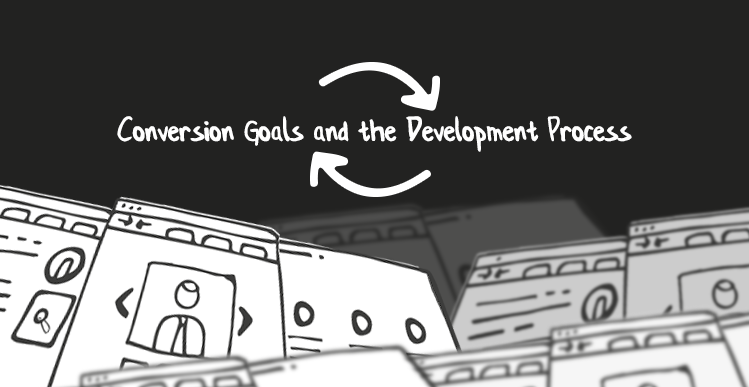
No Comment: Policies and Management for Powerful Commenting
If you manage a website, then you have most likely gone through the debate of what type of comments to allow and whether you should allow commenting at all. Once you make a choice, you need to find the right tools to implement your decision. Below is a brief overview of some of the issues you may run into while creating a comment policy for your site.
Ethical Perspectives
The ethical debate of whether you should allow comments on your blog or not has been raging for quite some time. Some people believe that leaving an open forum for discussion is a critical aspect of the way the internet is constructed and used. However, others believe that allowing comments is unnecessary and the moderation of comments is too time-consuming to be beneficial.
In many ways, comments have lost their authenticity as more commenting is done by spammers trying to increase their own SEO rather than providing actual feedback or a resonating opinion about the website they are commenting on. It is difficult to blame site managers who opt to disallow commenting altogether once the majority of comments become either spam or offensive, unrelated comments.
Ultimately, the ethical responsibility lays with the people who are posting comments rather than the owner of the site where they are being posted. Wouldn’t it be great if everyone posting comments could agree to be respectful, honest, and authentic in their commentary? As that isn’t going to happen anytime soon, site owners do have two major responsibilities to their readers:
- State a clear comment policy. Let your readers know what kind of comments will be allowed and which will be removed. If you are not monitoring your comments at all, let readers know that there will likely be content in the commentary that expresses views that your site does not agree with.
- Be consistent about implementing your policy. If you do not allow offensive language, make sure you remove all comments that contain offensive language, even if they are comments you agree with. If you do not allow links in your comments, do not allow your friends to share their links. If you cannot be consistent about your comment policy, it may be time to change your policy to something more manageable.
Logistical Issues
If you have decided to include comments on your website, you have a few logistical issues to deal with. First, how to stop spam and, secondly, how do you integrate your comments with various social media platforms.
Stopping Spam
You have a few options for stopping spam comments and getting rid of comments that disregard your comment policy. You can:
- Install an anti-spam plugin. We use both askimet and WP Captcha-Free, which weed out most automated comments. However, a few spam comments still get through.
- Use a captcha plugin. This will require users to correctly identify a captcha in order to post comments. While this can weed out bots, it can also make valid users refrain from commenting.
- Adjust your moderation settings. WordPress has some pretty good features for monitoring comments built in. You can adjust your settings to allow you to approve all comments or suspicious comments before they are posted to your site.
- Require a login. You can require that a user logs into your site directly or through a social media account (with a plugin such as social login) before they can post a comment.
Integrating Comments With Social Media
While it isn’t mandatory that you integrate your comments with a social media platform, it is becoming a more common approach. This is because your updates are usually shared to a social media platform, like Facebook or Google+. Once you push an update to a social media platform, you run the risk of people commenting directly in social media as opposed to commenting directly on your site. This can leave your site looking bare if you are depending on comments to boost reader engagement. You are at an even higher risk of this if your site requires a login. Most people will comment where they are already logged in as opposed to logging into your site.
You can quickly and easily create a facebook comment feed on your website. This will allow users to comment either on facebook or directly on your site. However, this can divide your commenting base if some users choose other social media platforms, such as Google+, over facebook. Allowing users to login via a plugin like social login may be a better option in some cases as it is considered more inclusive. However, while it serves as a way to authenticate your comments, it does not help by pushing comments to social media platforms, where many people prefer to debate and discuss.
Beyond Blogs
When people think about comments, they usually think of blogs and articles first. However, integrating comments on other areas of your site can be helpful. For example, comments posted directly to items for sale allow users to leave reviews and ask and answer questions for each other. This could potentially reduce the amount of direct customer service you must provide while increasing your sales. During the design phase, you should think critically about how to increase the interactivity on your website and which areas would benefit most from comment options.
Commenting is a constantly evolving process. It is important to update your comment policy regularly in order to increase engagement and provide the opportunities that your users desire while keeping your comment platform manageable.
Related


